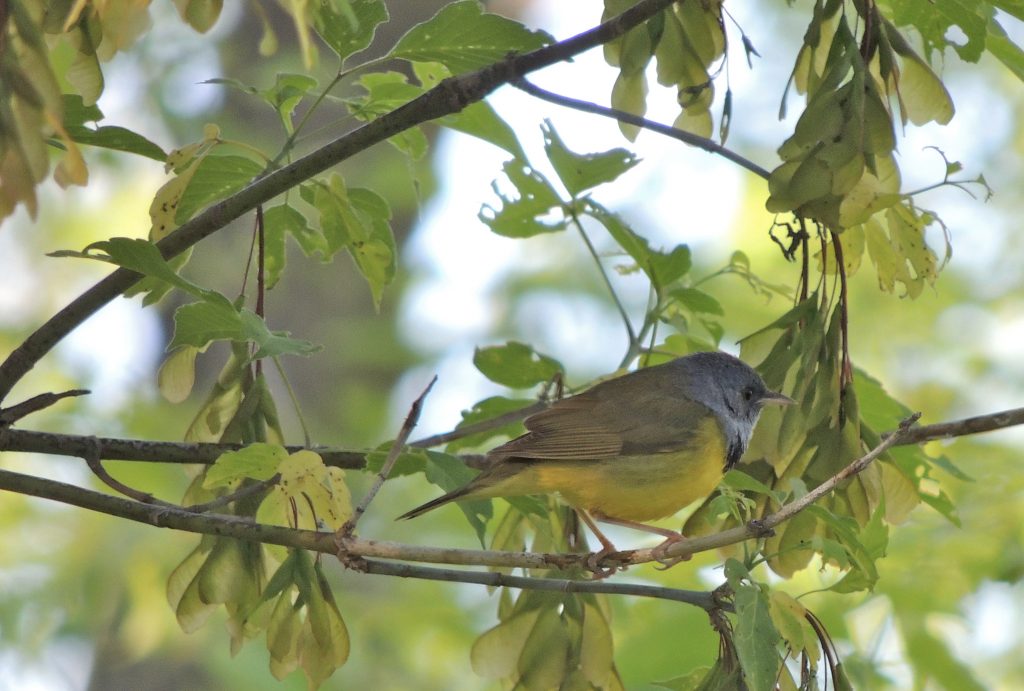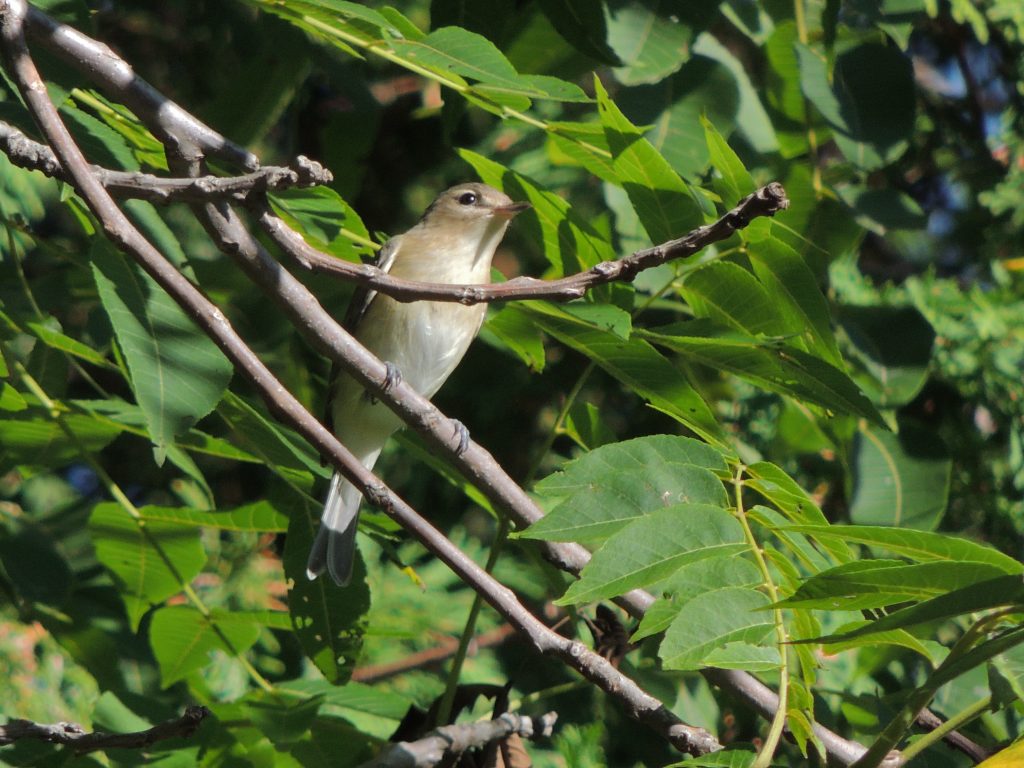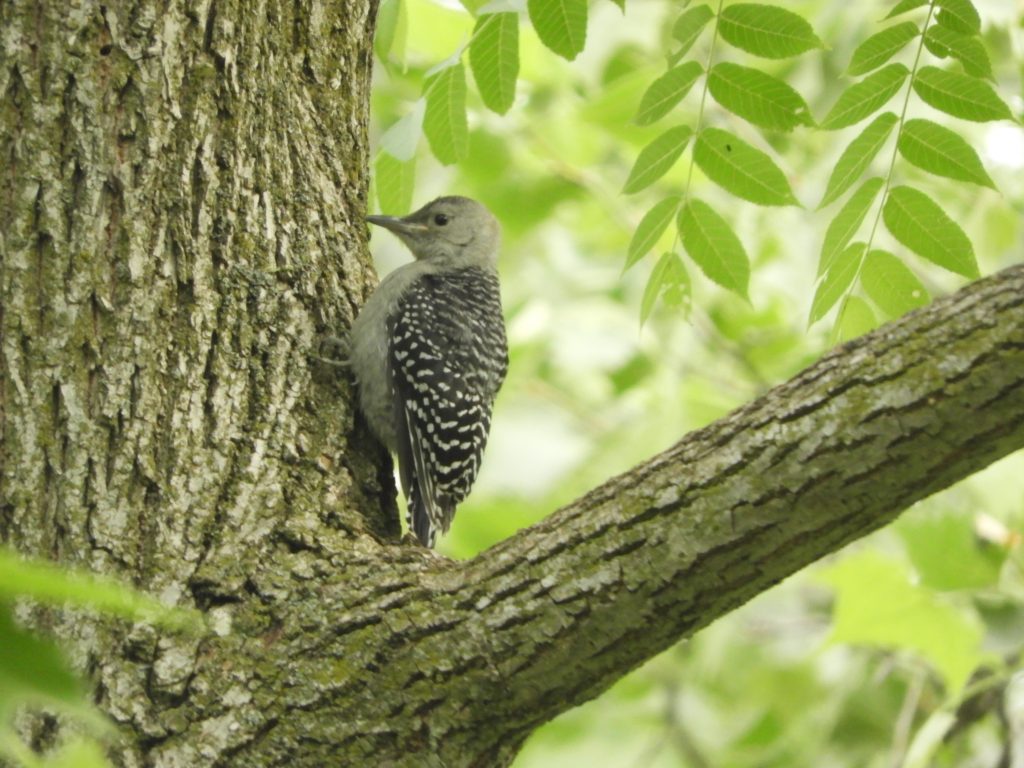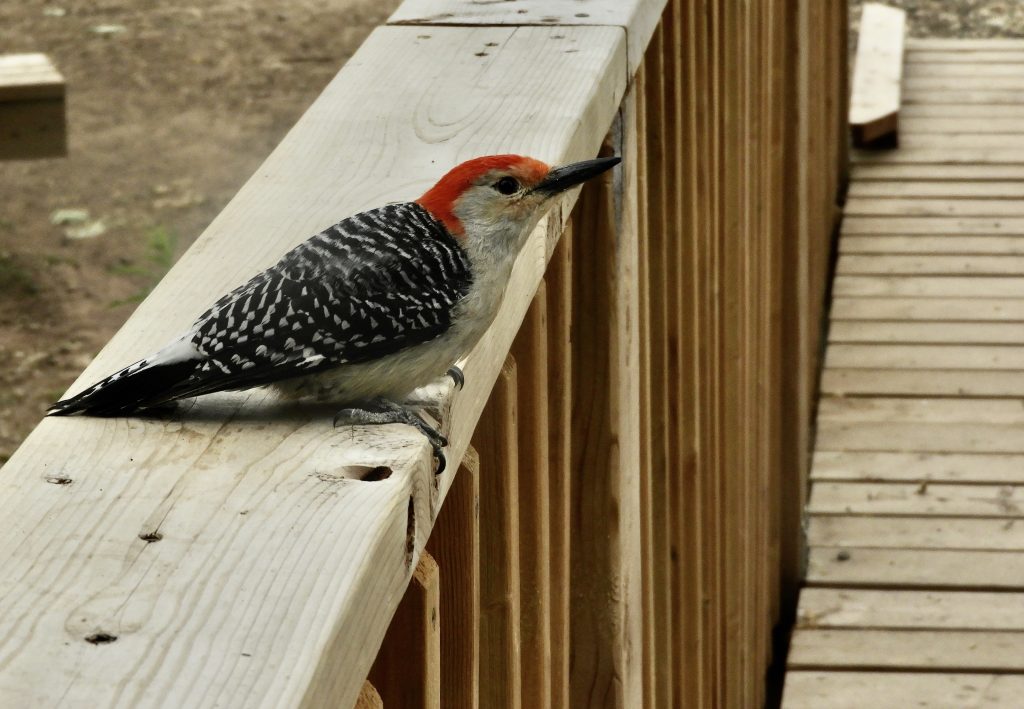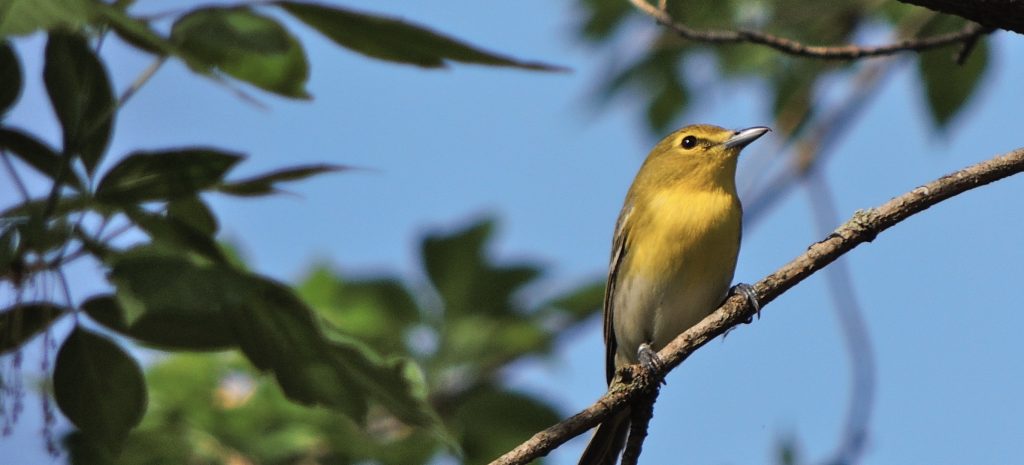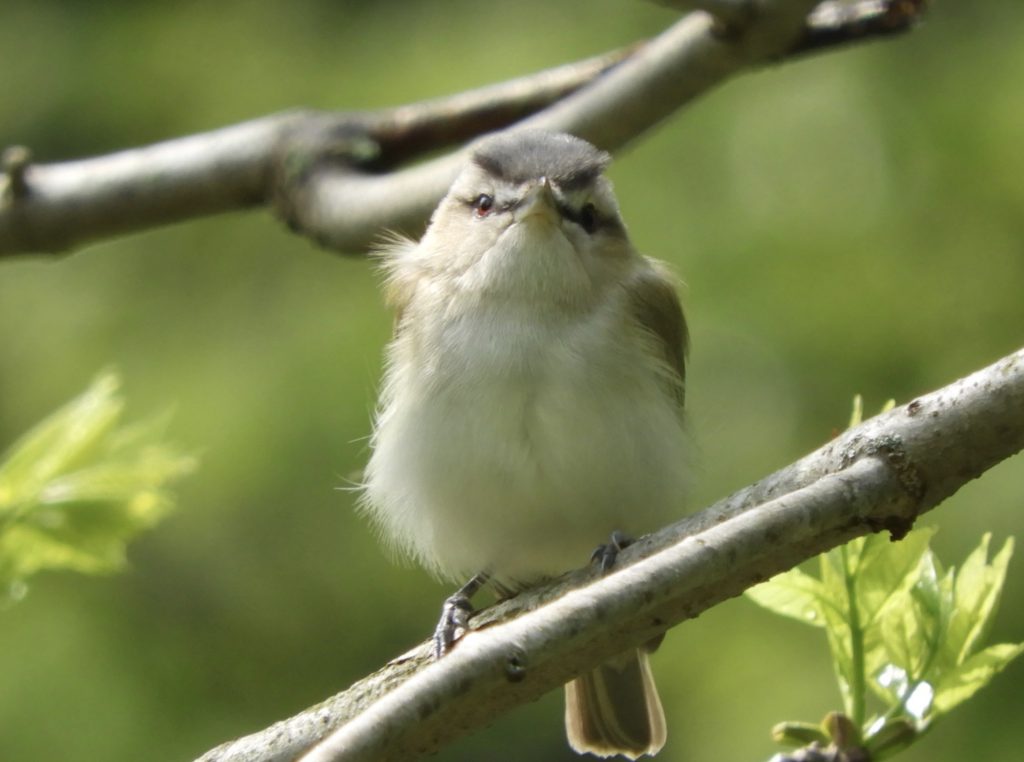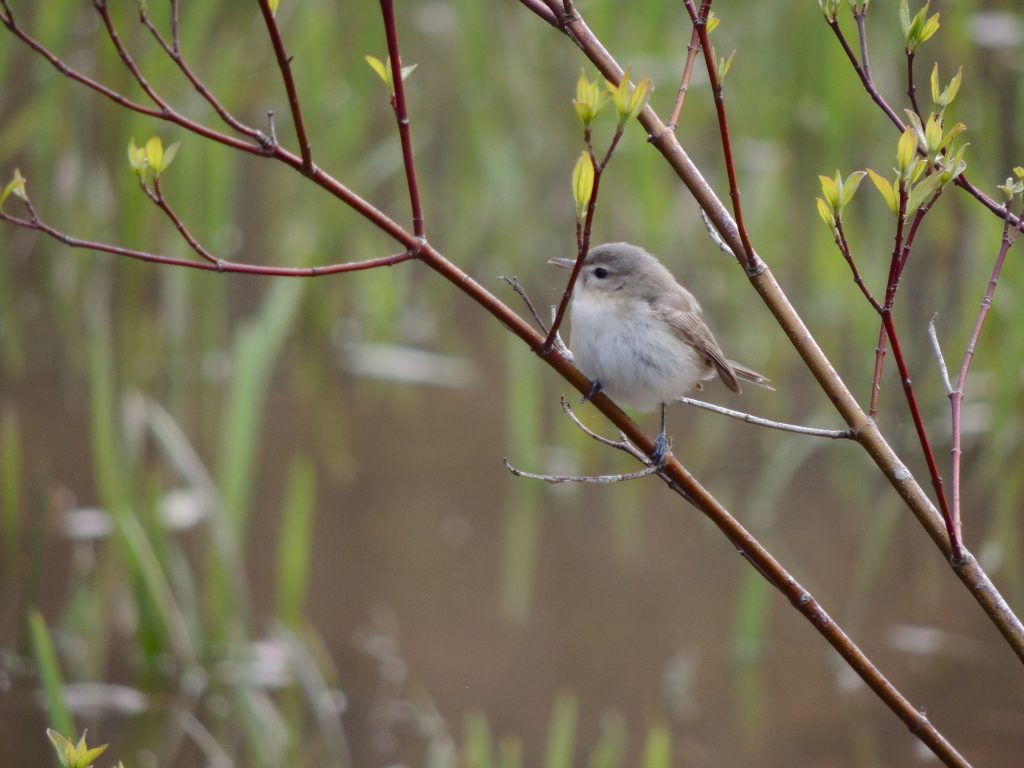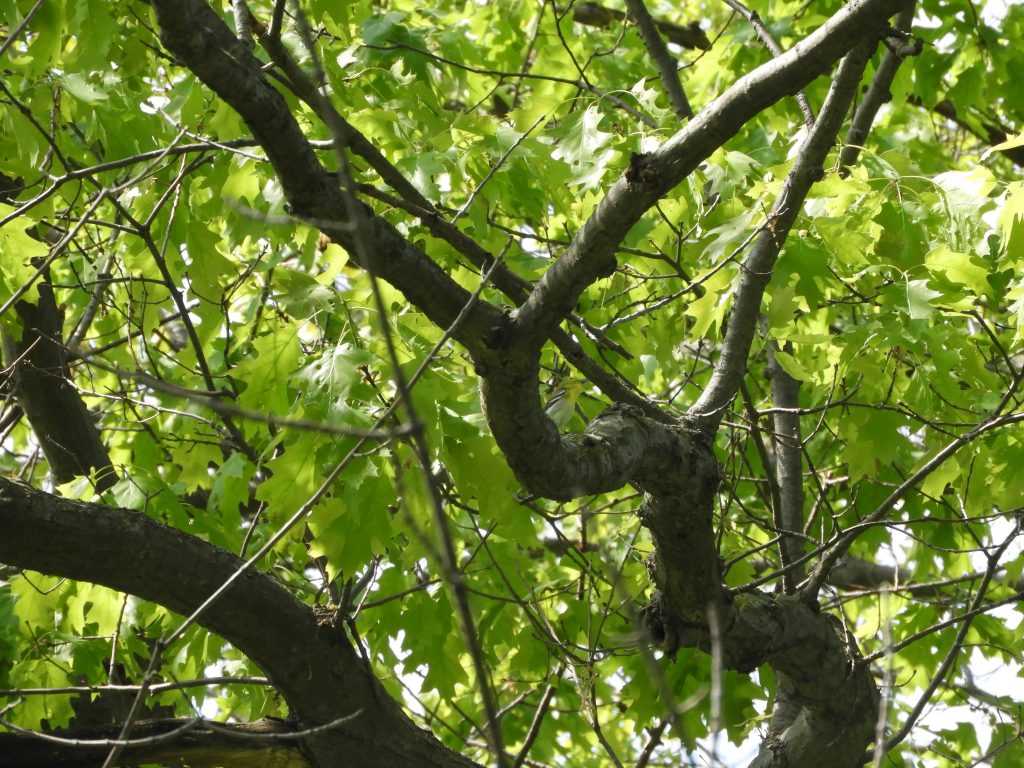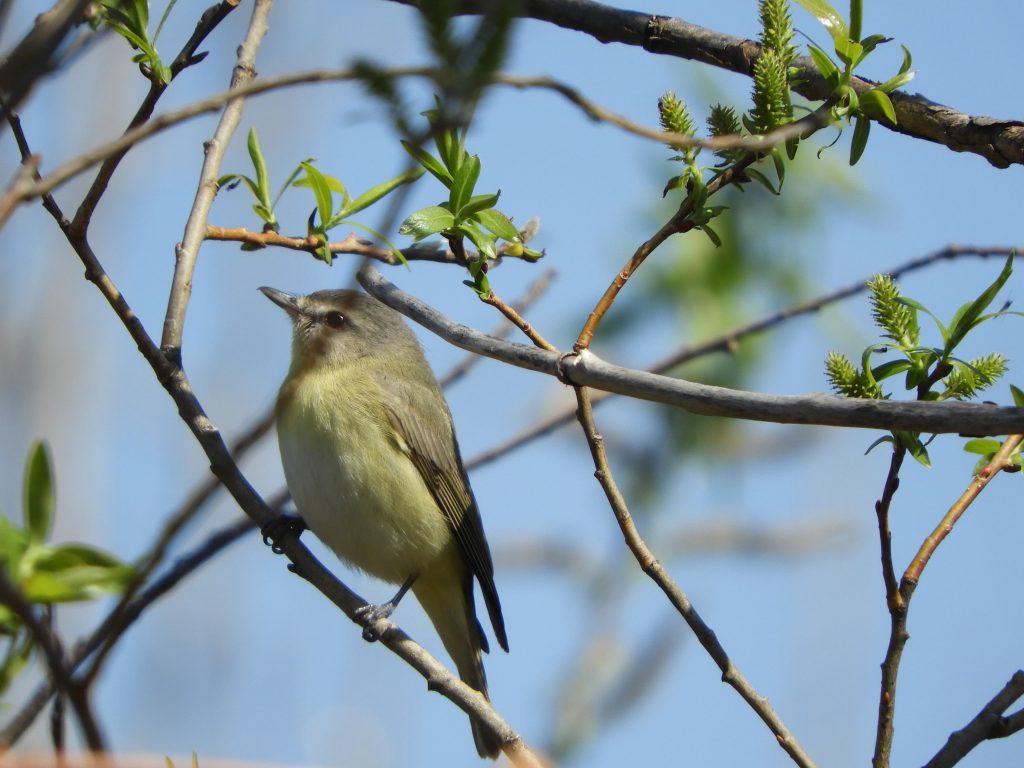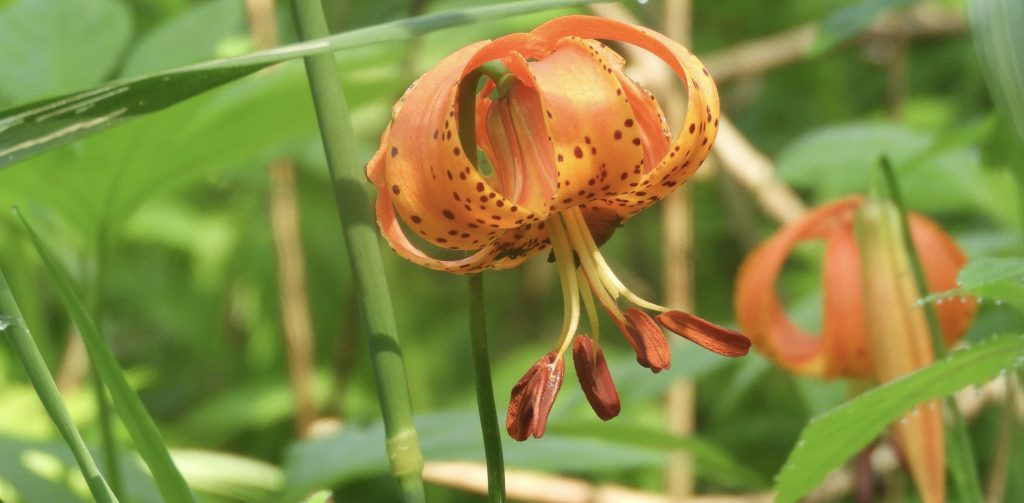
Hendrie Valley, Burlington. ON. July 4 2023. This summer pause is like the moment atop a roller coaster, that almost weightless moment before the next swoop onward. April, May and June brought us three months of new and explosive growth among animals and plants, now we catch our breath and fatten up for what lies ahead.
This weightless pause is about things like Michigan Lilies in bloom (above) and young Wood Ducks and Blue Jays, out of the nest and trying to keep pace with their parents.
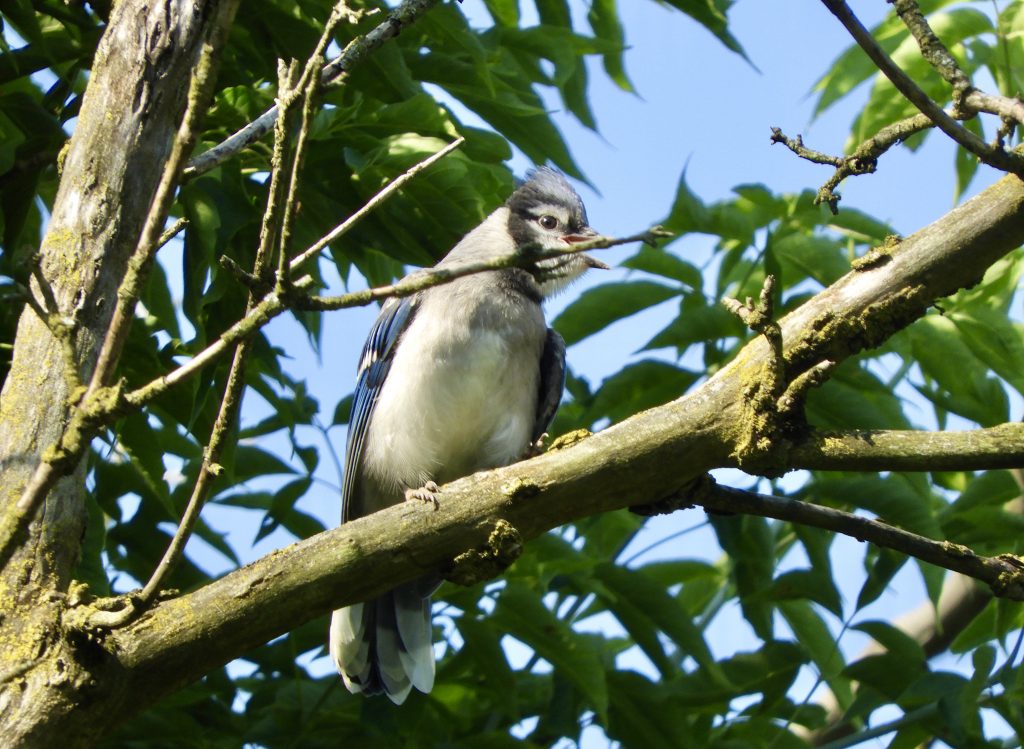
I walked the valley early, wondering what yesterday’s prolonged heavy rains had done. The air hung heavy and still but it was a perfect temperature and apparently not suitable for mosquitoes. Clearly the creek had overflowed its banks flattening tall grasses as it found (or re-found) new sluiceways.
There was noticeably less birdsong than two or three weeks ago but I could hear Great-crested Flycatchers, Swamp Sparrows, American Robins, Song Sparrows and Rose-breasted Grosbeaks all around. Hearing the plaintiff wheeze of a hungry young Red-tailed Hawk was all I needed to confirm that a pair had nested nest again in much the same place as last year.
Baltimore Orioles have ceased their May-June racket, but they’re still around, just going about their day with less fuss. A clamour from high in some American Sycamores turned out to be Warbling Vireos chasing off a couple of Blue Jays who probably looked upon young vireos as food items.
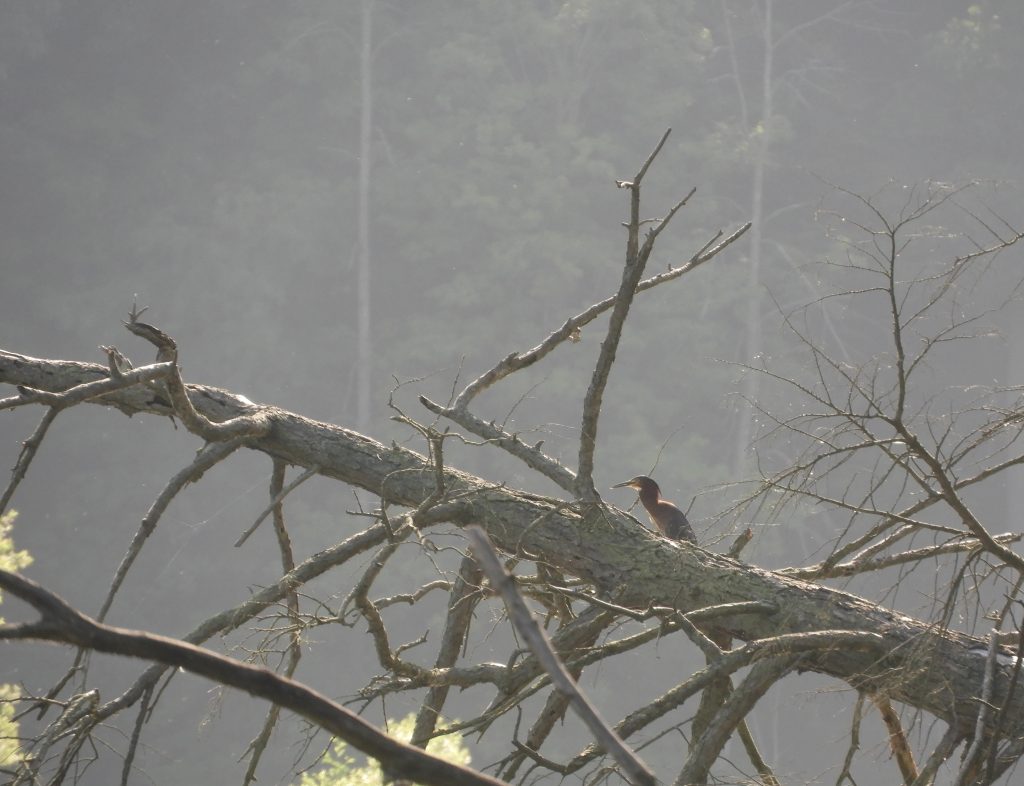
Green Herons can be either hard to spot or disarmingly obvious. Maybe as the season wears on they care less about being inconspicuous. I watched one stretching in the sun. A long way off but the beautiful chestnut of its neck was back-lit and glowed.
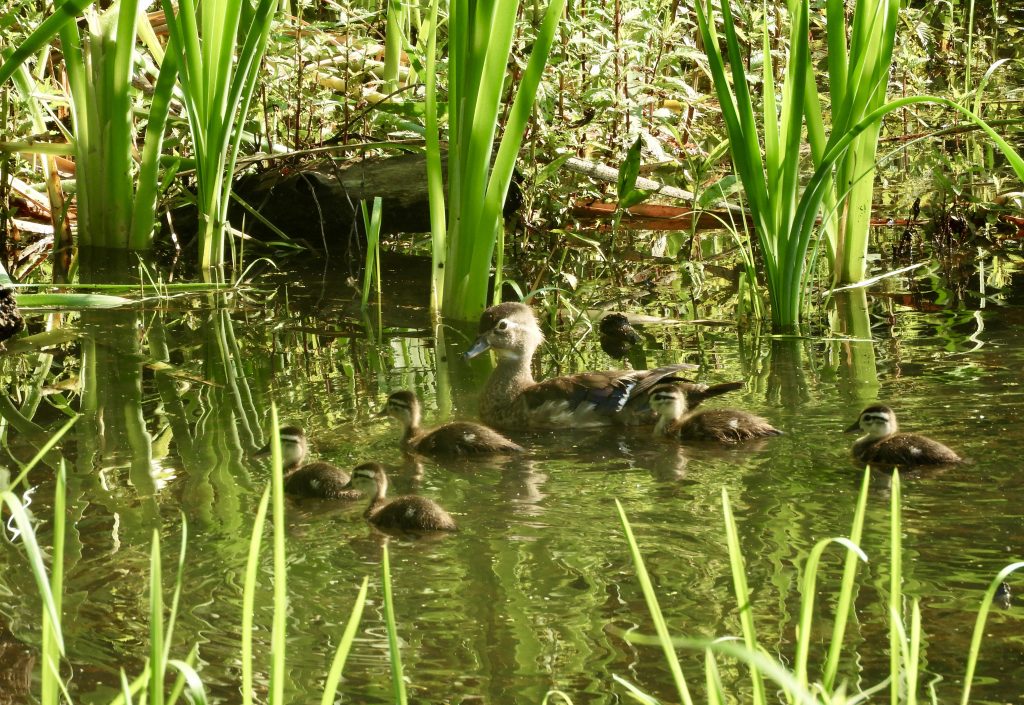
The Eastern Screech Owl was back in its familiar hole-in-a-Hickory. It was looking out over a pond where a mother Wood Duck was shepherding her brood of five young, they never stopped moving, nibbling and sifting for food. They were my Birds of the Day just for epitomizing the quiet calm of this summer morning.
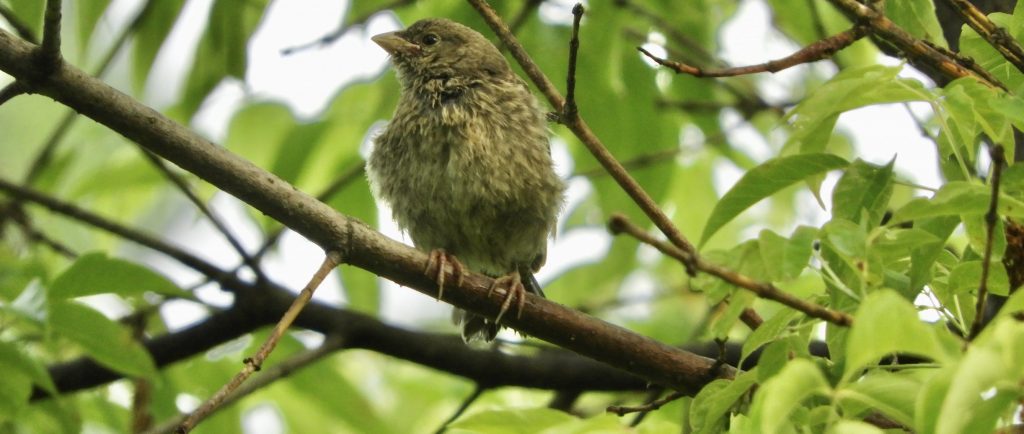
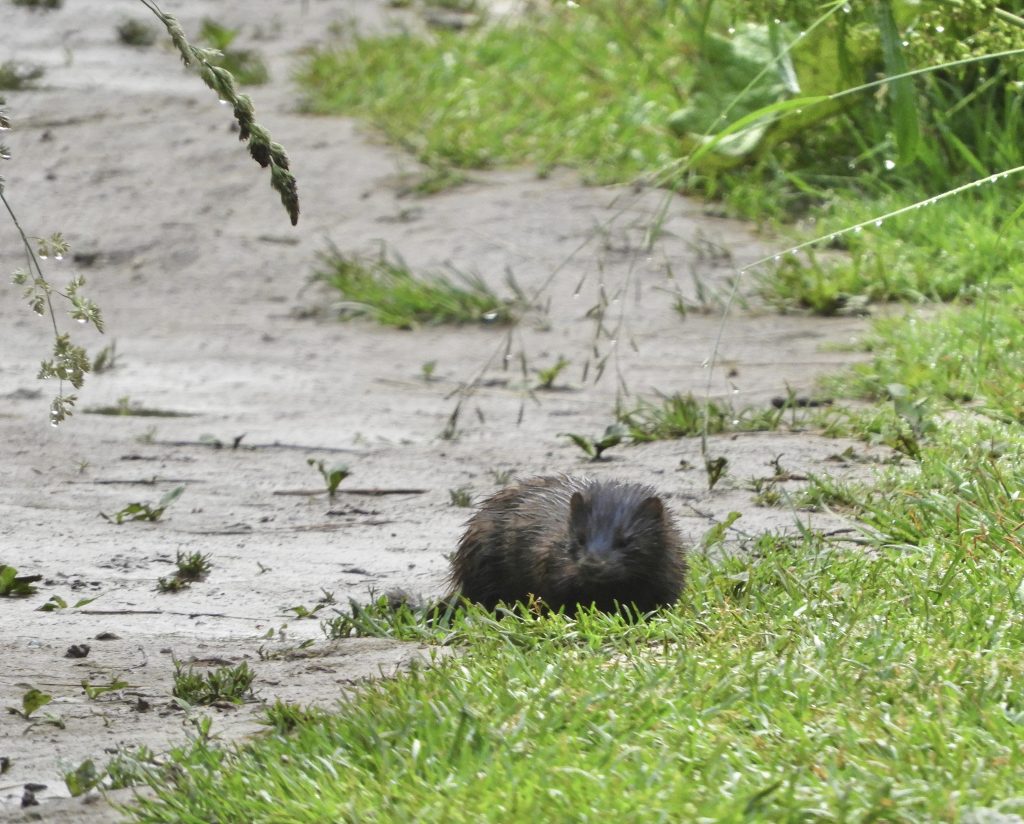
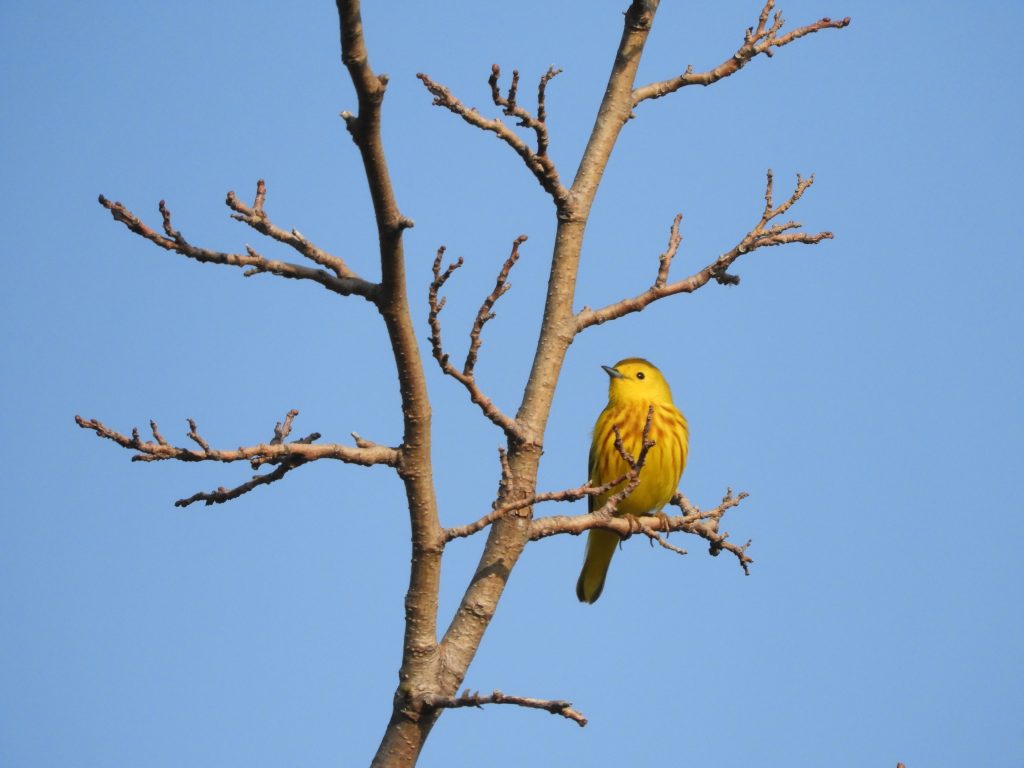
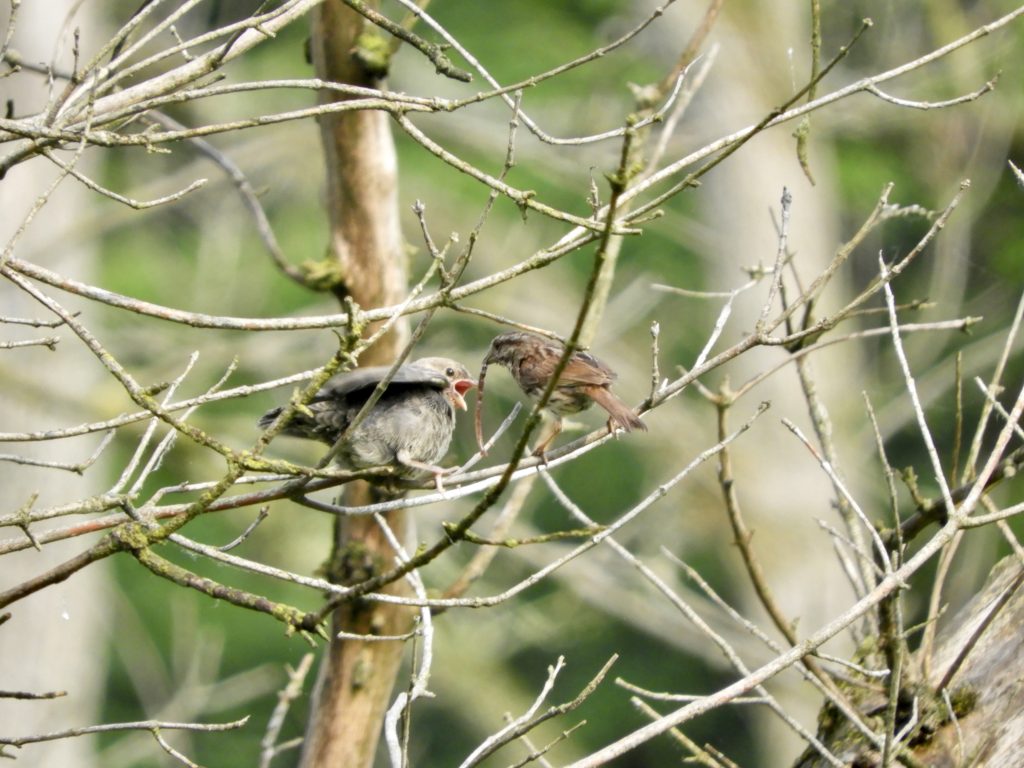
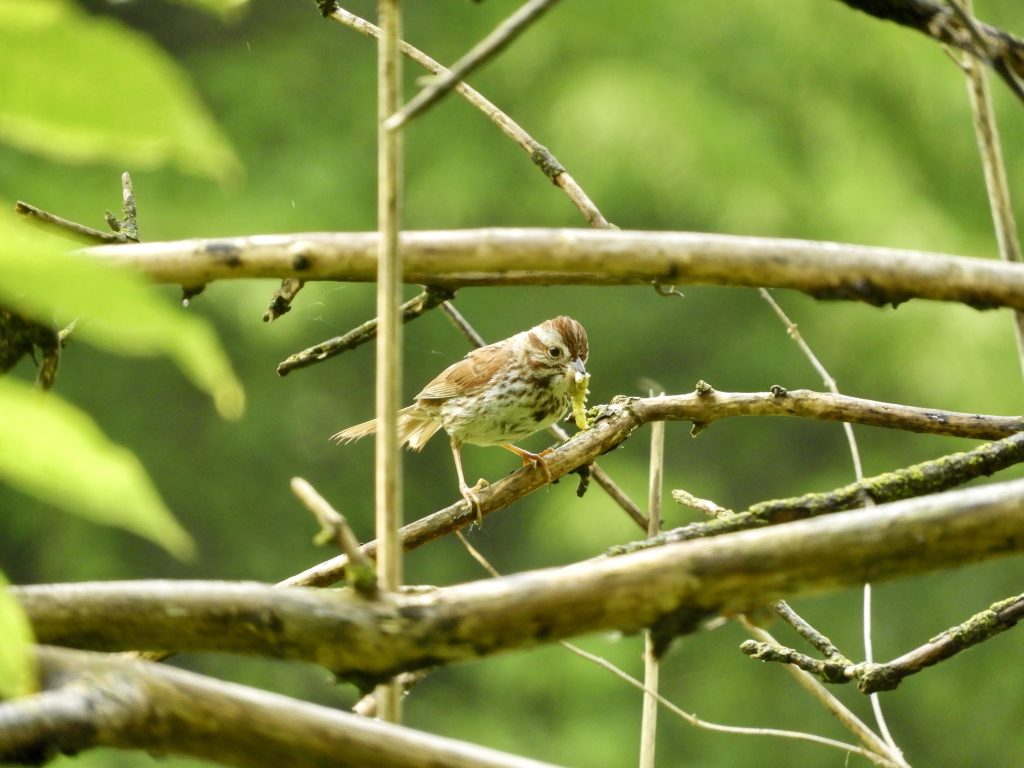
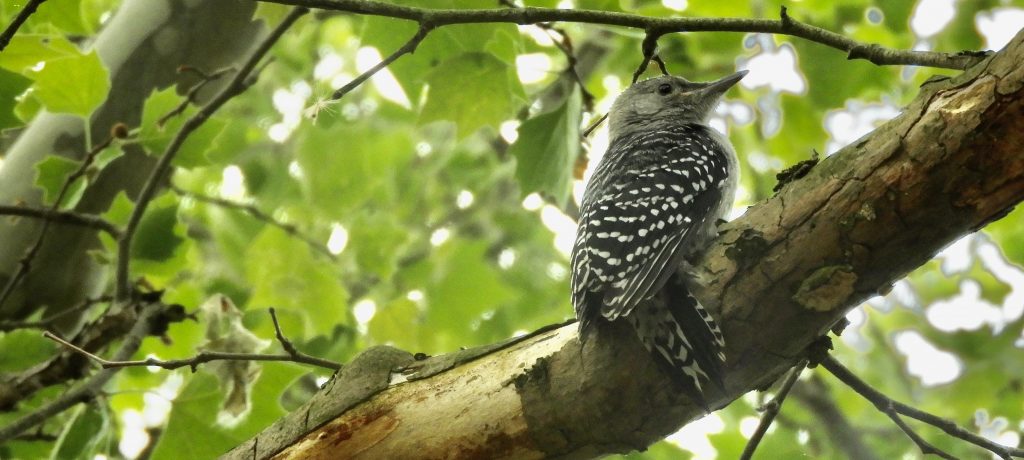 Hendrie Valley, Burlington. ON. June 9 2023. I had no idea that rain was in the forecast when I set out early this morning. It was cool, still and pleasant, although warm enough for blood-hungry mosquitoes. I was on a mission looking for evidence of breeding among the many bird species that thrive in the valley. Specifically, I wanted to upgrade levels of evidence of Mourning Warbler and Great-crested Flycatcher both of which are present here. This work, if you can call it that, is part of my continuing contribution to the Ontario Breeding Bird Atlas (OBBA). For some background and to put this and future posts in context
Hendrie Valley, Burlington. ON. June 9 2023. I had no idea that rain was in the forecast when I set out early this morning. It was cool, still and pleasant, although warm enough for blood-hungry mosquitoes. I was on a mission looking for evidence of breeding among the many bird species that thrive in the valley. Specifically, I wanted to upgrade levels of evidence of Mourning Warbler and Great-crested Flycatcher both of which are present here. This work, if you can call it that, is part of my continuing contribution to the Ontario Breeding Bird Atlas (OBBA). For some background and to put this and future posts in context 